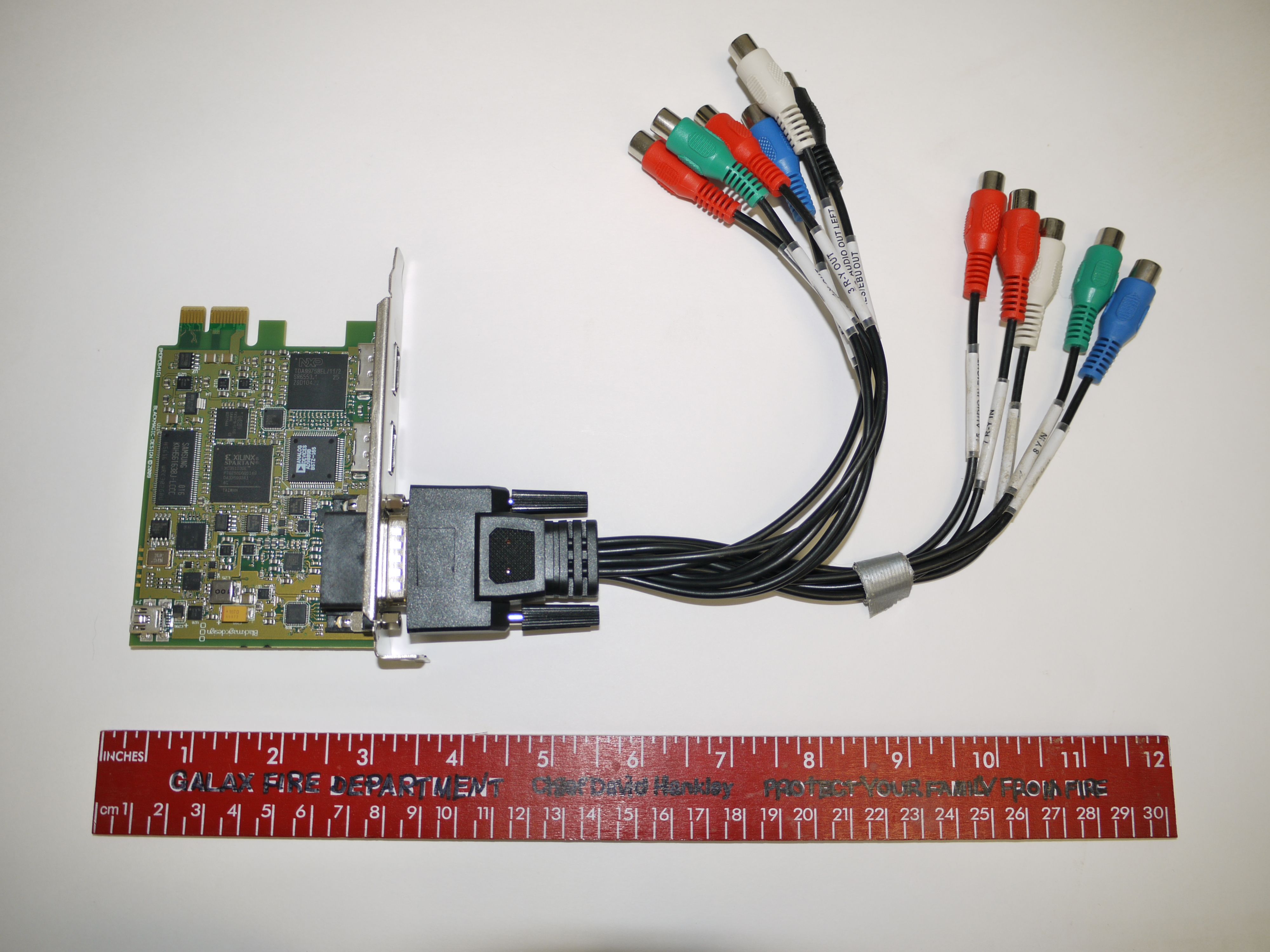Tutorial: Configuring Blackmagic Intensity Pro for a Live-Switched Wirecast Webcast
This is the first of a three-part tutorial on using Wirecast to mix two streams of video and other disk-based content. In this first tutorial, I'll describe how to install and configure two Blackmagic Design Intensity Pro cards into an HP Z600 for switching with Wirecast.
When you're capturing a live event, shooting with two or more cameras dramatically expands your ability to cover all facets of the event and enables you to present the continual change of shots that help retain your viewers' attention. To accomplish this, however, you need a live video switcher.
There are many appliances that can get the job done, from inexpensive SD switchers like Roland's VR-3 (around $2,000) to HD switchers like NewTek's popular TriCaster series, which can cost well into five figures. If you've got a reasonably powerful computer, however, the most affordable approach may be to add one or more capture cards to your computer and use a program like Telestream Wirecast to manage the different camera angles. While switching appliances definitely have their place, Wirecast offers features that low-cost appliances simply can't match, like internal titling tools, and the ability to mix on-demand video and screen-based presentation into the stream.
This is the first of a three-part tutorial on using Wirecast to mix two streams of video and other disk-based content. In this first tutorial, I'll describe how to install and configure two Blackmagic Design Intensity Pro cards into an HP Z600 for switching with Wirecast. In the second tutorial, I'll do the same with the Viewcast 820e, which is a single card with dual-channel inputs.
In the third article, I'll discuss the results of performance tests that reveal when a single-core computer like the HP Z400 can get the job done, and when you need a dual-core computer like the Z600. I'll present the results for both cards, so we'll see whether a dual-channel card offers performance efficiencies that installing multiple cards can't match. Or, vice versa--since I haven't run all the tests yet, it's hard to know.
Blackmagic Intensity Pro Cards
In the Intensity support pages on the Blackmagic Design website, Blackmagic identifies certified workstations, which included both the Z400 and Z600, and recommended motherboards. In terms of hard minimum system requirements for Windows, you’ll need a 64-bit operating system with at least 4GB of memory and an “accelerated graphics card,” as a ”motherboard integrated graphics card is not adequate and will not work properly.”
As you can see in Figure 1 (below), the Intensity Pro is a very small card, with two HDMI slots on the bracket and color-coded connectors on the dongle. I typically tape the inputs together to make them easier to find, since the dongle is usually located behind the computer in some dark region of my office and finding the right connector can be a hassle. Between that and the color coding on the connectors, getting hooked up should be pretty simple.

Figure 1. The Intensity Pro is a small card with two HDMI ports on the bracket and color-coded connectors on the dongle.
Related Articles
Any time you produce a webinar that's got PowerPoint and a talking-head video, it's helpful to present them in the same video frame. This tutorial explains how to composite these two sources in Telestream Wirecast.
Streaming Media Producer kicks off its "What Is...?" series tackling essential topics in the streaming media production world with a look at live switching, touching on the differences between switching and mixing, assembling the components and crew of a live switch, and the basics of "punching" a multi-camera show or event for live delivery.
This tutorial describes how to install and configure ViewCast's dual-channel Osprey 820e card ($1,795 MSRP; as low as $1,400 street) into a Windows system for driving two cameras within Telestream Wirecast, and discusses the board's highly functional set of utilities and SimulStream feature, which allows it to feed audio and video streams to more than one encoding application.